Discover the versatility of Italian sausage and master the cooking techniques that’ll make it the star of your dishes. Whether you’re grilling, baking, or sautéing, there’s a method to suit whatever recipe you’re hoping to create.
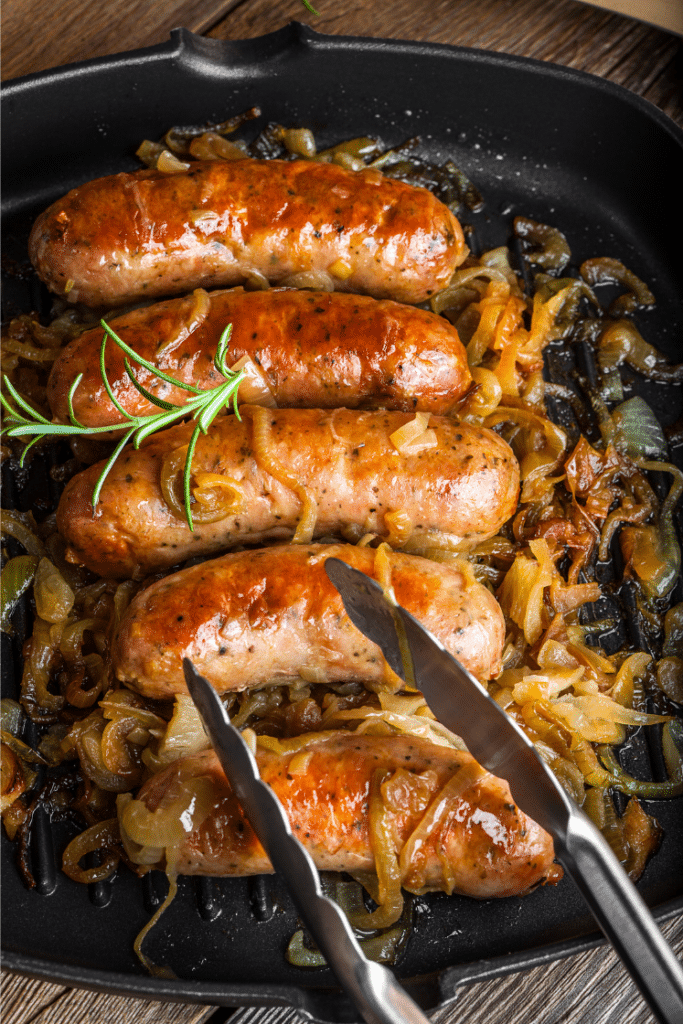
What is Italian sausage?
Italian sausage is a favorite sausage variety known for its versatility. It is typically made from ground pork mixed with a combination of seasonings, including fennel seeds, garlic, paprika, and red pepper flakes.
The sausages tend to be about the size of a bratwurst in terms of diameter and length. Some Italian sausages are far longer, like chorizo, depending on how and where they were prepared.
Italian sausages usually come in natural casings made from animal intestines. These casings help the sausage maintain its shape and provide a satisfying snap when cooked.
Is Italian sausage spicy?
Italian sausage’s spiciness varies with two main types available: sweet, flavored with milder herbs, and hot, which includes a kick from red pepper flakes. The choice between the two depends on your heat tolerance and personal taste.
How should I cook Italian sausage?
Cooking Italian sausage is straightforward and yields flavorful results. Depending on how you plan to use it, there are different methods that best suit your needs.
“I almost always have some Italian sausage in the refrigerator because it’s such an easy way to add meaty flavor to so many different meals. Cook it in some olive oil or vegetable oil first. I usually crumble it into a skillet, breaking it into smaller pieces with a wooden spoon while it cooks. Drain the sausage on paper towels to get rid of excess oil, and then add it to your dish. Another favorite use is to add whole Italian sausage links to sheet pan dinners.”
— Rebecca Blackwell, A Little and A Lot
Pan-frying
Heat a skillet over medium to high heat. Depending on how many Italian sausages you plan to cook, add one to two tablespoons of olive oil. Place the Italian sausages in the skillet and cook them for about 5 to 7 minutes per side or until they’re browned and cooked through.
Pan-frying works well whether you plan to keep the links whole, cut them into slices, or even remove the sausage from its casing and crumble it as you cook it.
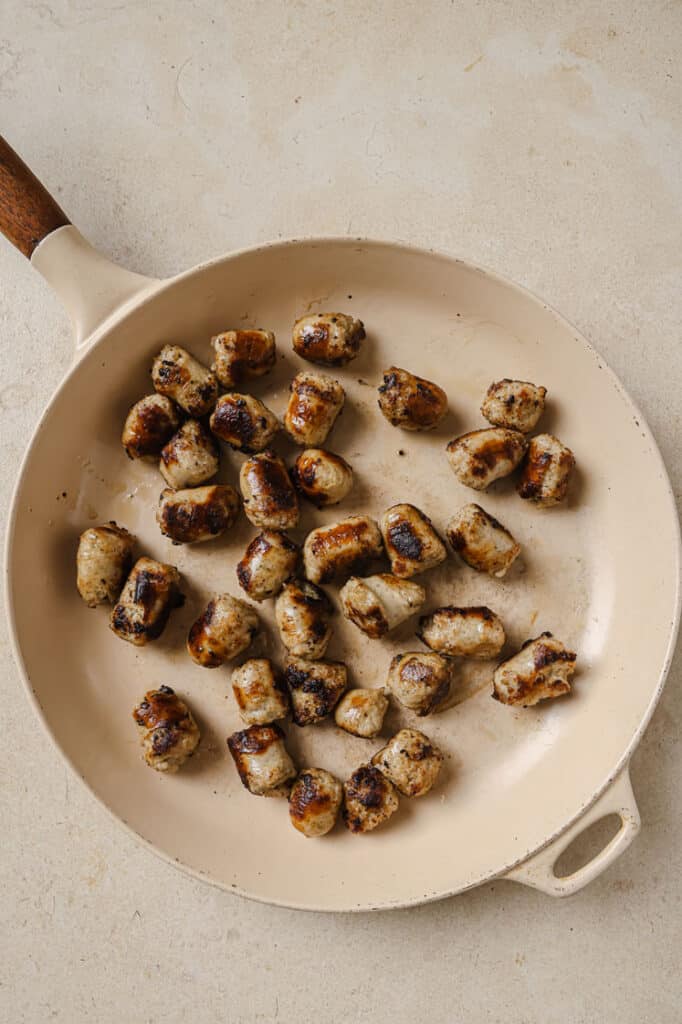
Grilling
Italian sausage is a great change from your usual hot dogs or brats on a bun, as well.
Preheat your grill to medium to high heat. Grill the sausages for approximately 15 to 20 minutes, turning them occasionally, until they’re cooked thoroughly and have those enticing grill marks.
Baking
Preheat your oven to 375 degrees F or 190 degrees C. Place the sausages on a baking sheet and bake for about 25 to 30 minutes, turning them once halfway through the cooking time.

Boiling
Note that boiling is a bit of a misnomer, as you want to turn the heat of the water down once you add the sausage. This method is particularly useful when you plan to use the sausages in soups or stews.
Bring a pot of water to a boil. Add the sausages and let them simmer for about 10 to 15 minutes. You generally want to keep the links whole and slice them after they have simmered to ensure they don’t dry out.
Pasta dishes
Create a classic Italian pasta dish by sautéing Italian sausage with garlic, onions and tomatoes. Toss it with cooked spaghetti and finish with a sprinkle of Parmesan cheese.
Beyond the classic spaghetti and sausage, consider using Italian sausage in a creamy penne alla vodka, adding it to a rustic lasagna for depth of flavor, or tossing it with orecchiette, broccoli rabe, and a sprinkle of pecorino cheese for a comforting weeknight dinner.
Sausage and peppers
Sauté sliced Italian sausage with bell peppers and onions for a hearty and flavorful sandwich. Serve it over rice if you prefer a gluten-free option.
This sausage and veggies sheet pan dinner is another idea. You’ll arrange sausage, bell peppers, and whatever veggies you have on hand on a sheet pan and bake them until caramelized and tender.
Breakfast and brunch dishes
Make a savory frittata by mixing Italian sausage with eggs, cheese and veggies. Bake until it’s golden and bubbling. You can also keep it simple and add the crumbled Italian sausage to scrambled eggs. Like with the pizza topping, be sure you cook and drain it first.


With polenta or risotto
For a heartwarming dish, serve grilled or pan-fried Italian sausage atop creamy polenta enriched with butter and Parmesan. Alternatively, stir crumbled sausage into Milanese saffron-infused risotto, combining creamy textures with the sausage’s savory taste.
Pizza toppings
Crumbled Italian sausage is a fantastic pizza topping. Spread it over your pizza dough along with your favorite sauce, cheese, and veggies. Be sure to brown and crumble your sausage before you add it to your pizza. This will ensure that it’s cooked to a safe temperature for eating and that fat won’t drain onto your pizza as it cooks.
Soup and stew
Add Italian sausage to soups and stews for an extra burst of flavor. It pairs exceptionally well with ingredients like beans, kale and potatoes.
This creamy Italian sausage soup is reminiscent of a creamy tomato soup, with added flavor from the Italian sausage and shredded Parmesan. Another one is this keto Zuppa Toscana, an Olive Garden-inspired recipe featuring Italian sausage, kale, Parmesan, and radishes instead of traditional potatoes.


Savory pies and tarts
Italian sausage can be added to the filling of savory pies and tarts to create an impressive main course. Combine it with caramelized onions, cheeses, and herbs encased in flaky pastry for a dish that everyone will surely enjoy.
Stuffed vegetables
Take advantage of Italian sausage’s full-bodied flavor by using it as a filling for stuffed bell peppers, zucchini boats, or mushrooms. Mix the sausage with grains like rice or quinoa, cheese, and herbs for a complete meal stuffed into a hearty vegetable.
What do I serve with Italian sausage?
Italian sausage is a versatile ingredient that can elevate numerous dishes. Enjoy them not just as a sausage by itself, but also combine them into recipes and allow their flavors to complement your dish.
“My favorite use for Italian sausage is in pasta sauce. Every Christmas the Italian side of my family makes a big pot of homemade marinara, my grandmother’s meatball recipe and Italian sausage to serve with stuffed shells. The sausage adds a delicious note of fennel to the sauce that I love.”
— Gen La Rocca, Two Cloves Kitchen

Final thoughts
There you have it, a deep dive into the delicious world of Italian sausage. With its varying spice levels, it’s a versatile player in the kitchen that can take your cooking to the next level. Whether you’re tossing it into a pasta sauce, grilling it up for a hearty sandwich, or folding it into a breakfast casserole, Italian sausage is sure to add that special something to your dishes. Remember, the key to unlocking its full potential lies in choosing the right cooking method for your meal and pairing it with complementary flavors. So go ahead, experiment with confidence, and let Italian sausage be the star of your next meal.
Portions of this article first appeared on Food Drink Life.
Some photos in this post are credited to Plays Well With Butter.
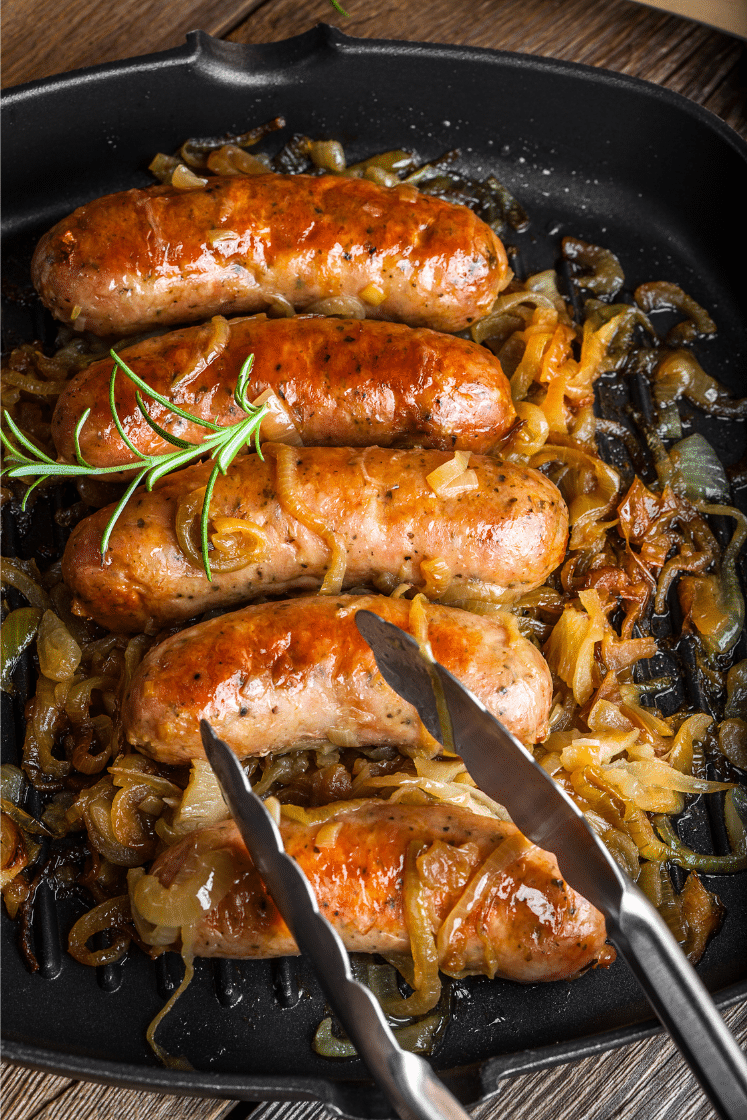




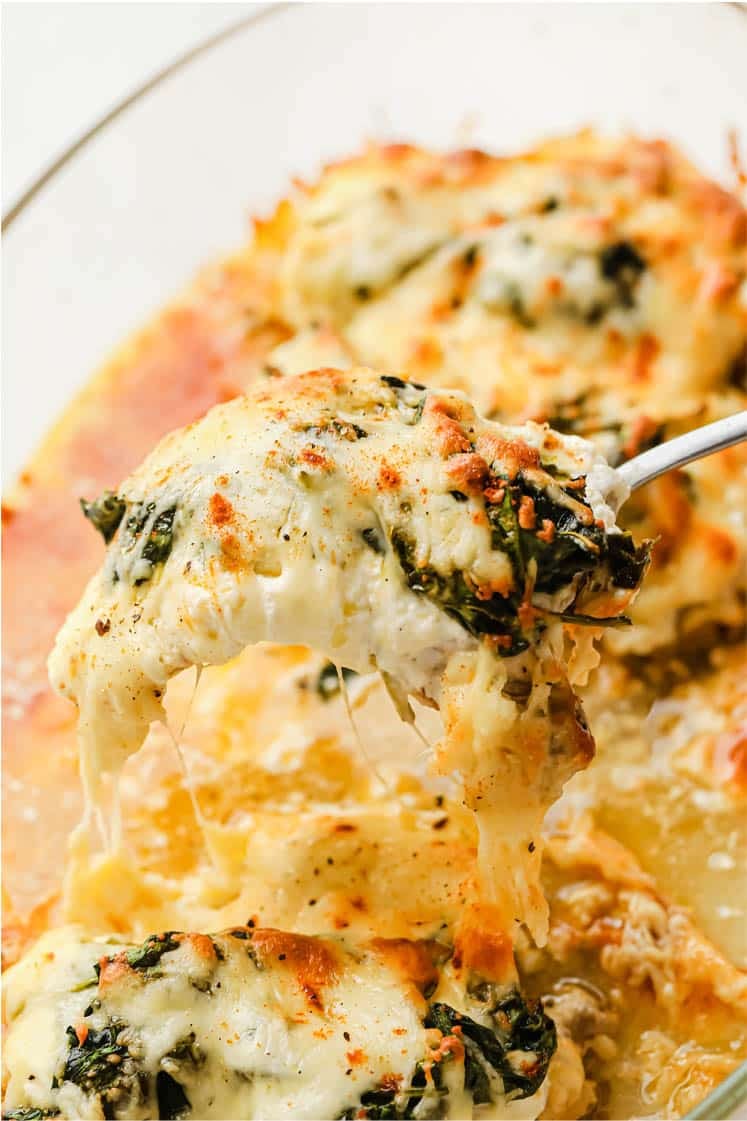

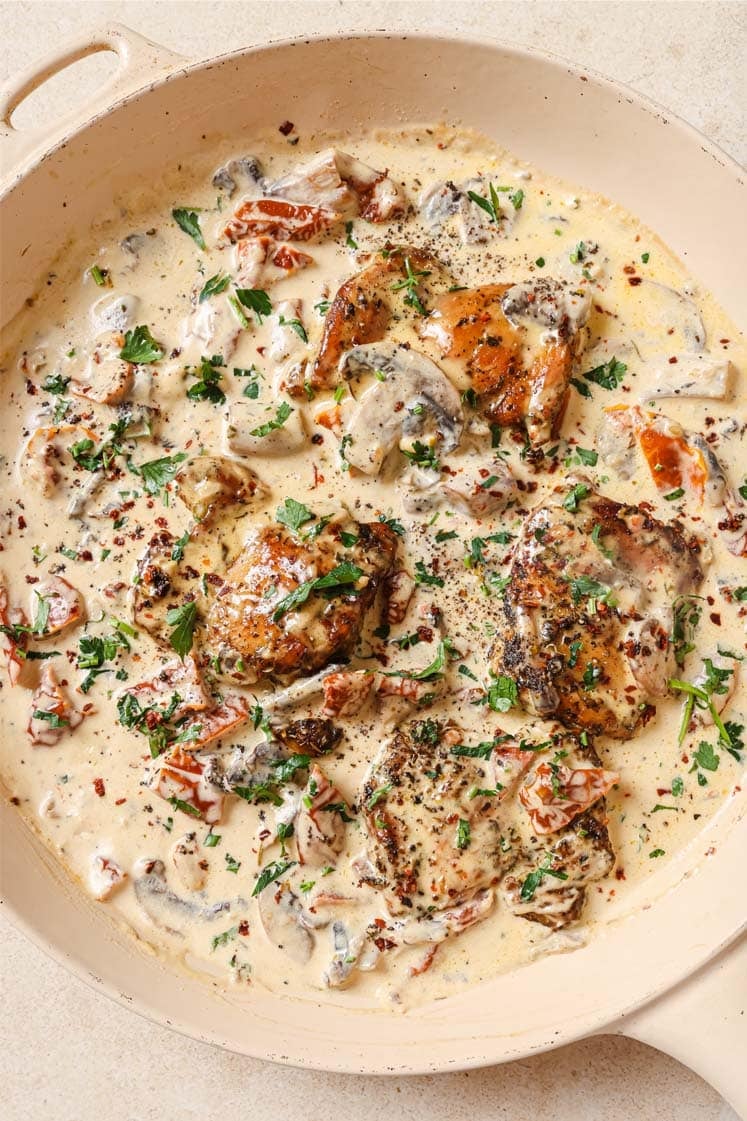
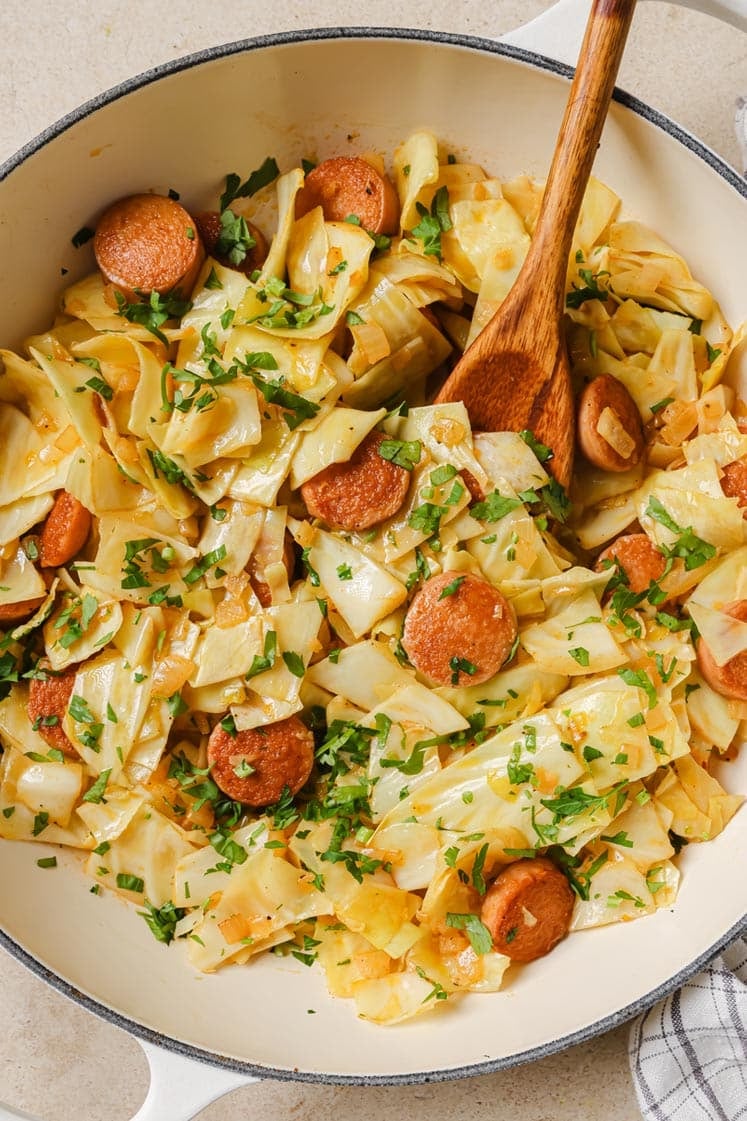
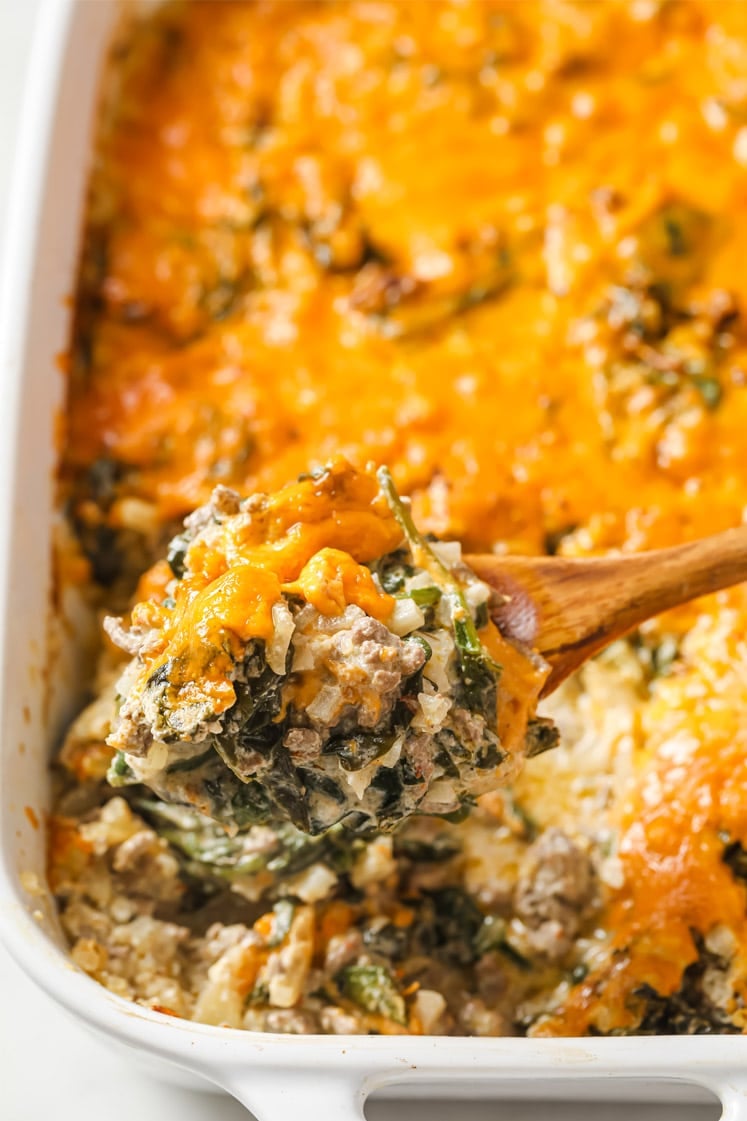
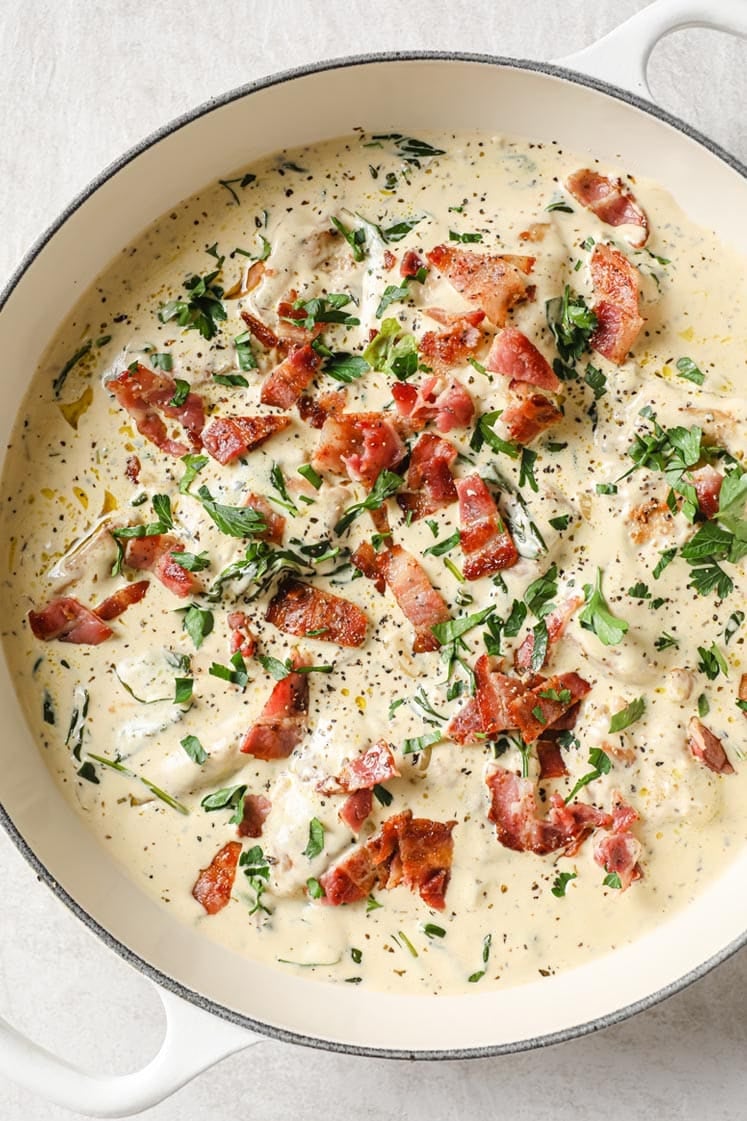

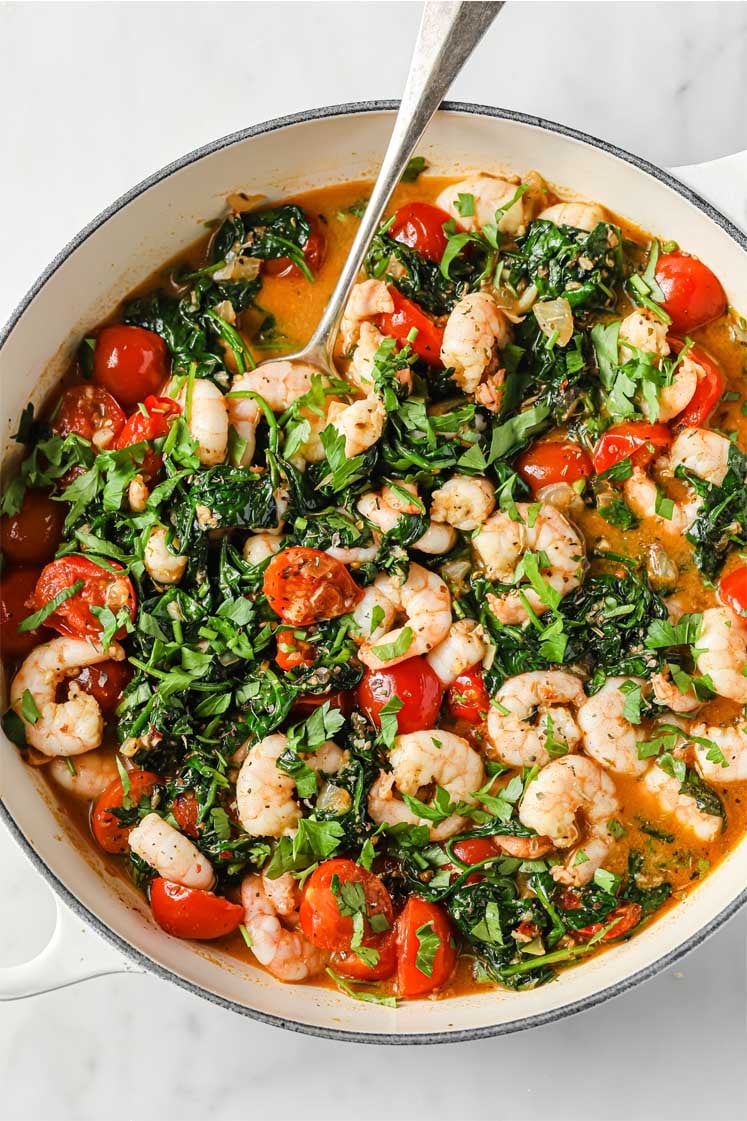

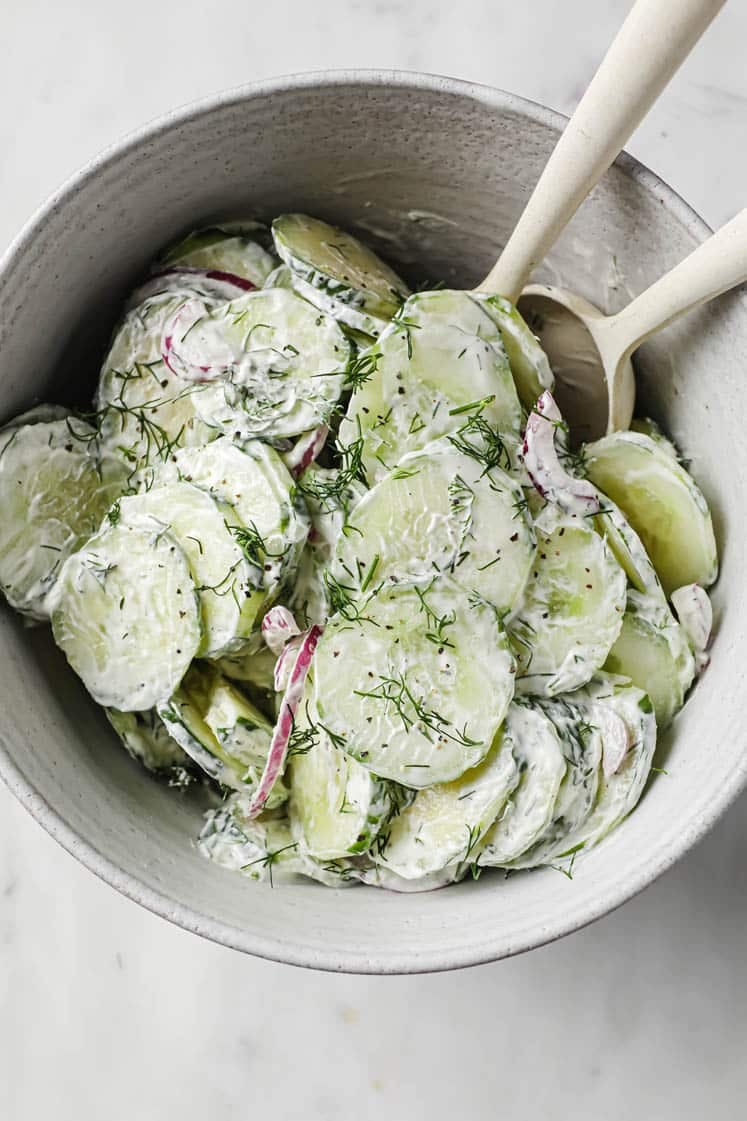









Leave a Reply